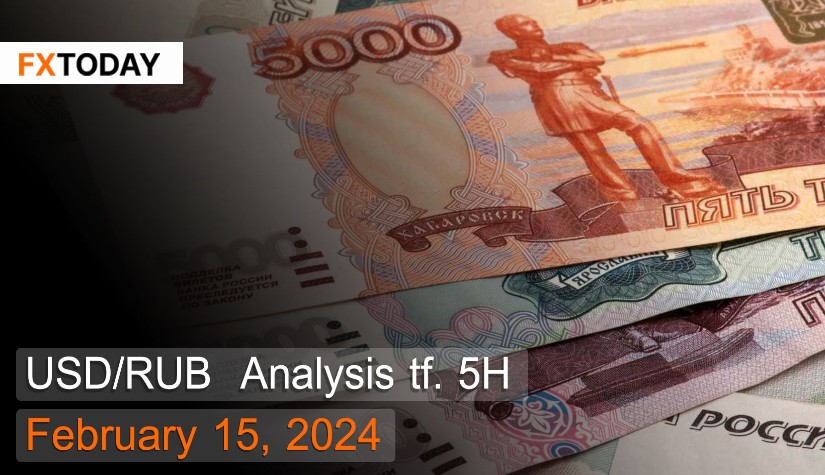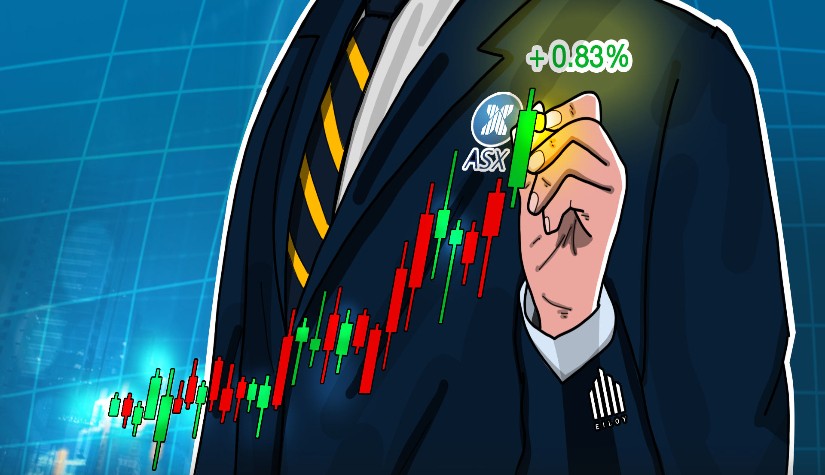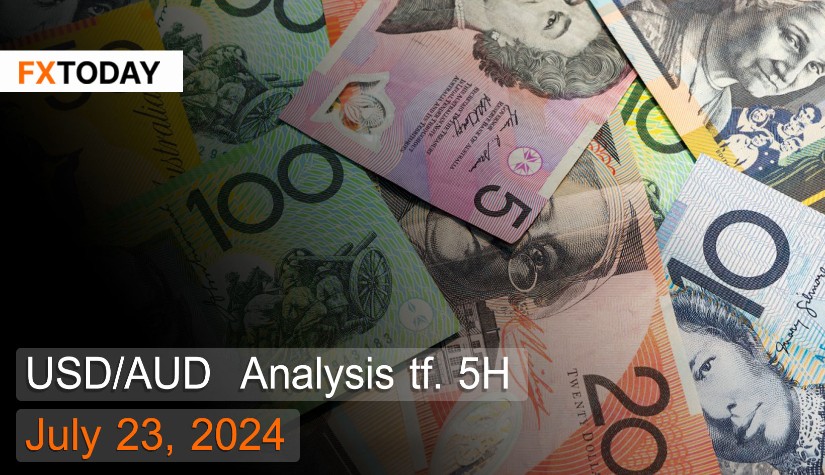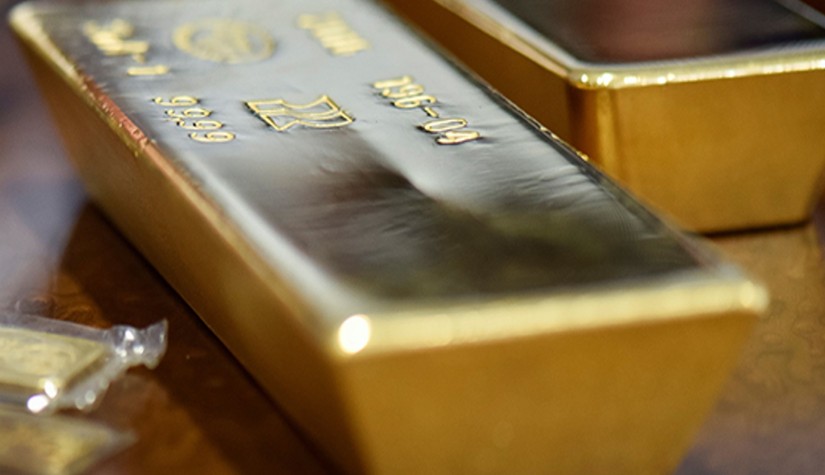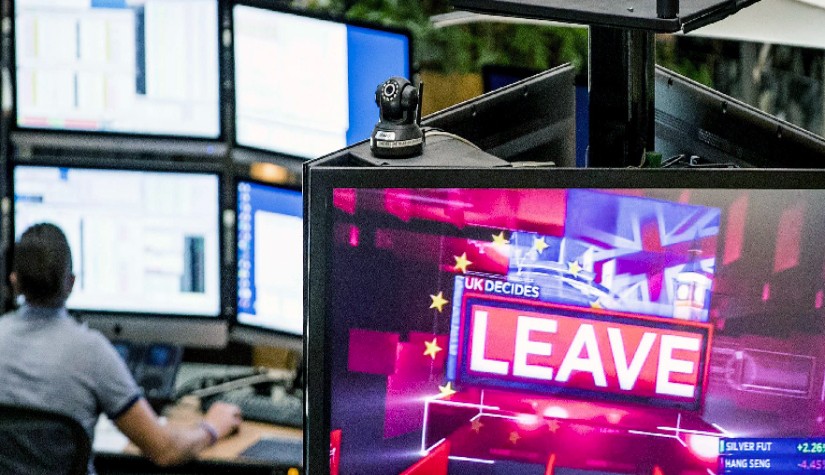Russia continues to incur continuous war expenditures.
The Russian ruble started to stabilize today after weakening since the beginning of the week, buoyed by higher oil prices and boosted by income conversion from foreign currencies of exporters in the country. However, the reversal to increased foreign currency purchases by the Ministry of Finance has caused the ruble to weaken again. Investors are awaiting the Central Bank of Russia's policy meeting on Friday to hear about monetary policy and capital controls, which are scheduled to be lifted in April.
Russia's inflation rate remains unchanged at 7.4% on a yearly basis as of January, still above the Central Bank's target of 4%, driven by inflation in the services and non-food goods sectors rising by 7.1%. Meanwhile, the core inflation rate increased to 7.2% from 6.8%, reaching its highest level since February 2023.
Russia's trade surplus decreased rapidly by 2.4 times, amounting to $140 billion in 2023. Exports declined by 28.3% to $425.1 billion, with the proportion of exports of mineral products and energy products decreasing by 4.9% to $260.1 billion, despite an increase in sales in Asia and Africa but a decrease in Europe, South America, and North America.
Imports increased by 11.7% to $285.1 billion, with the share of machinery and transport equipment imports increasing by 5.1% to $145.8 billion and chemical products increasing by 2.8% to $55.7 billion. In December, the trade surplus decreased to $10.22 billion due to conflicts.
Preliminary data reveal that Russia's GDP expanded by 3.6% in 2023 after contracting by 1.2% in the previous year, primarily driven by state-funded weapon and ammunition production, resulting in a roughly 60-65% increase in industrial production capacity. Additionally, the state incentivized consumer spending, leading to a 6.1% household consumption adjustment in exchange for increased state spending on the military.
Russia's unemployment rate increased to 3% in December, with the number of unemployed rising to 2.3 million from 2.2 million in November, while there are still 0.4 million people waiting to register as unemployed.
The yield on Russia's 10-year government bonds increased by approximately 12.5% due to fiscal instability impacting debt costs, with recorded government budget deficits amounting to 878 billion rubles in the first 11 months of 2023, the highest deficit since 2016, raising concerns among analysts about impending economic downturn due to reduced income and increased expenditure.
Techical analysis data (5H)
Resistance: 92.3345, 92.6294, 93.0242
Source: Investing.com
Buy/Long 1: If the price touches support in the price range of 91.25 - 91.6448 but cannot break the support at 91.6448, you may set a TP at approximately 92.6294 and SL at around 90.9551 or according to your acceptable risk.
Buy/Long 2: If the price breaks the resistance in the price range of 92.3345 - 92.6294, you may set a TP at approximately 93.0242 and SL at around 91.25 or according to your acceptable risk.
Sell/Short 1: If the price touches resistance in the price range of 92.3345 - 92.6294 but cannot break the resistance at 92.3345, you may set a TP at approximately 91.25 and SL at around 93.0242 or according to your acceptable risk.
Sell/Short 2: If the price breaks the support in the price range of 91.25 - 91.6448, you may set a TP at approximately 90.9551 and SL at around 92.6294 or according to your acceptable risk.
Pivot point February 15, 2024 09:10 PM. GMT+7
|
Name
|
S3
|
S2
|
S1
|
Pivot Points
|
R1
|
R2
|
R3
|
| Classic | 90.9551 | 91.25 | 91.6448 | 91.9397 | 92.3345 | 92.6294 | 93.0242 |
| Fibonacci | 91.25 | 91.5135 | 91.6762 | 91.9397 | 92.2032 | 92.3659 | 92.6294 |
| Camarilla | 91.8499 | 91.9132 | 91.9764 | 91.9397 | 92.1028 | 92.166 | 92.2293 |
| Woodie's | 91.0051 | 91.275 | 91.6948 | 91.9647 | 92.3845 | 92.6544 | 93.0742 |
| DeMark's | - | - | 91.7923 | 92.0134 | 92.482 | - | - |

